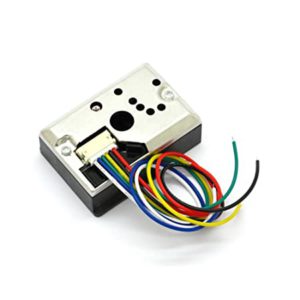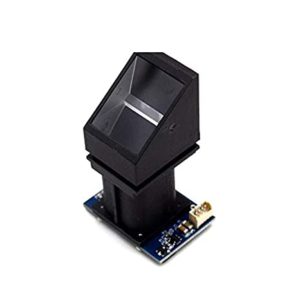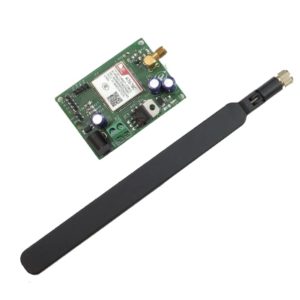Flex Sensor
- Flex sensor typically come in two sizes. One is 2.2 inches long and the other is 4.5 inches long. Despite the differences in size, the basic function remains the same. They are also divided according to resistance.
- There are three levels of resistance: LOW, MEDIUM, and HIGH. Depending on the situation, select the appropriate type.
- A flex sensor is a type of sensor that measures the amount of defection or bending. This sensor can be designed using materials such as plastic and carbon.
- The carbon surface is arranged on a plastic strip, and when this strip is turned away, the sensor’s resistance changes.
- As a result, it is also known as a bend sensor. Because its varying resistance is directly proportional to the number of turns, it can also be used as a goniometer.
- The appropriate size can be chosen based on the need. This article provides an overview of the 2.2-inch flex-sensor.
- This type of sensor is used in a variety of applications, including computer interface, rehabilitation, servo motor control, security systems, music interface, intensity control, and anywhere the consumer needs to change the resistance while bending.
Specifications
- The flex sensor’s pin configuration is shown below. It is a two-terminal device with the terminals p1 and p2. This sensor does not have any polarised terminals, such as a diode or a capacitor, so there are no positive and negative terminals.
- This sensor’s required voltage ranges from 3.3V to -5V DC, which can be obtained through any type of interfacing.
- Pin P1: This pin is typically connected to the power source’s +ve terminal.
- Pin P2: This pin is typically connected to the power source’s GND pin
Based on 0 reviews
Only logged in customers who have purchased this product may leave a review.






There are no reviews yet.